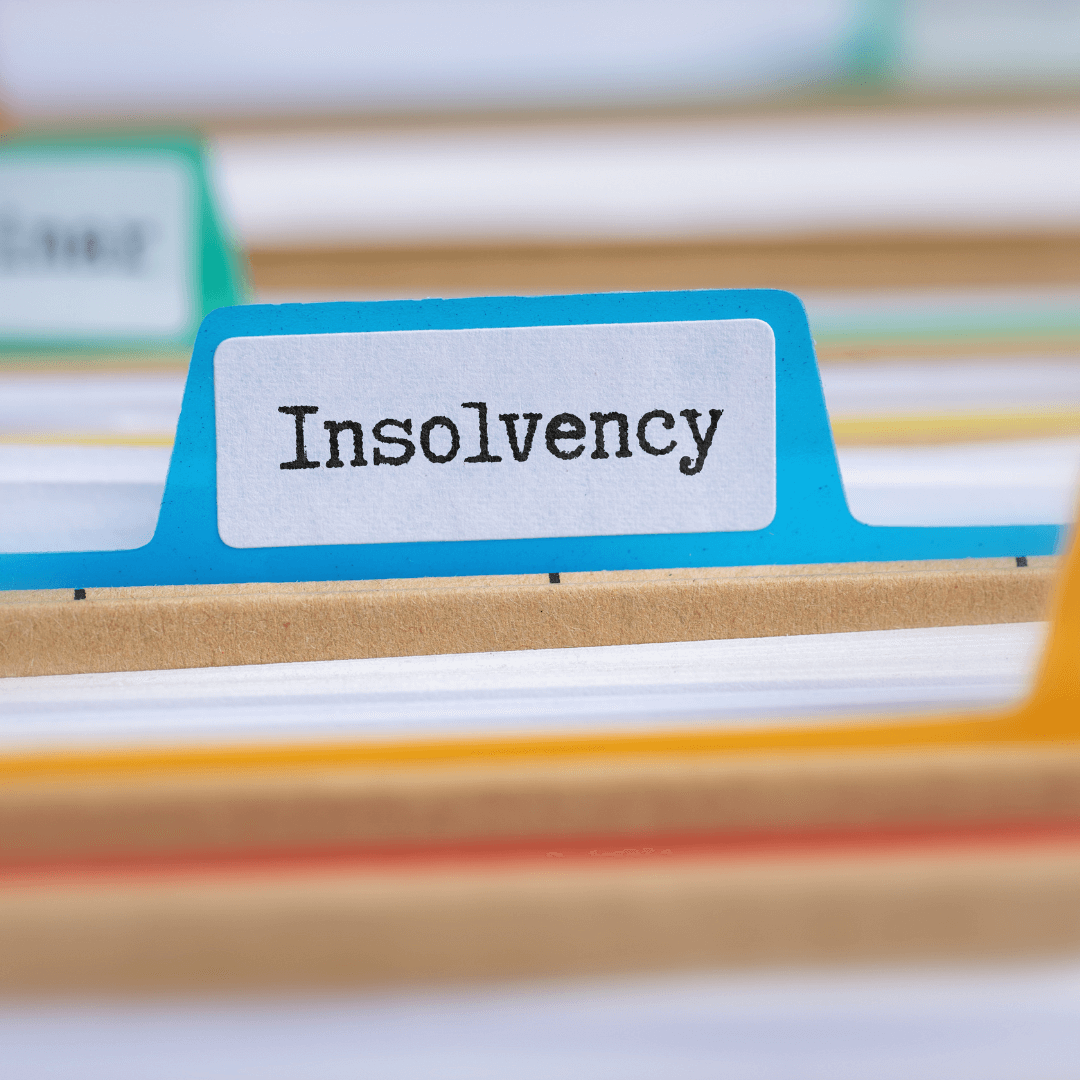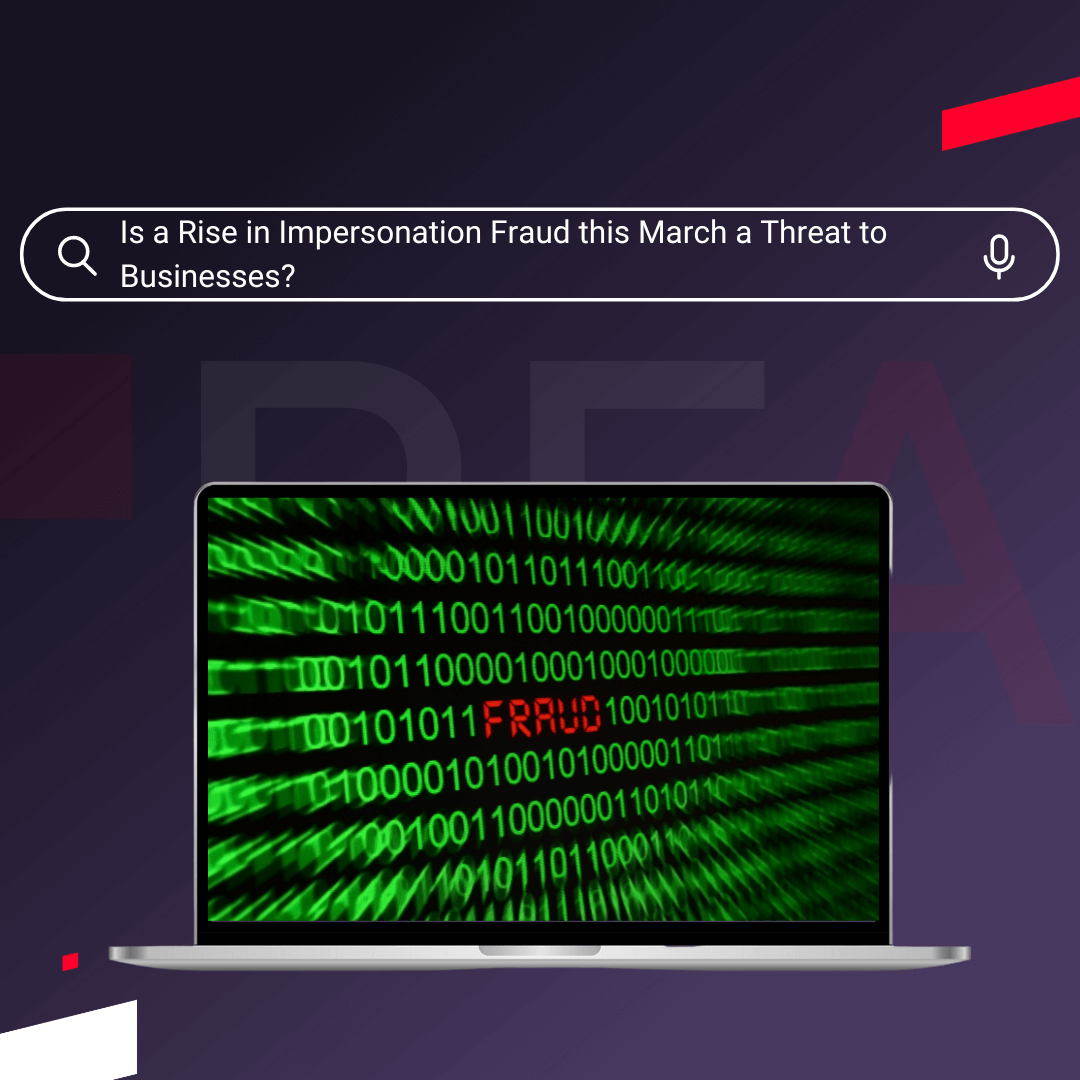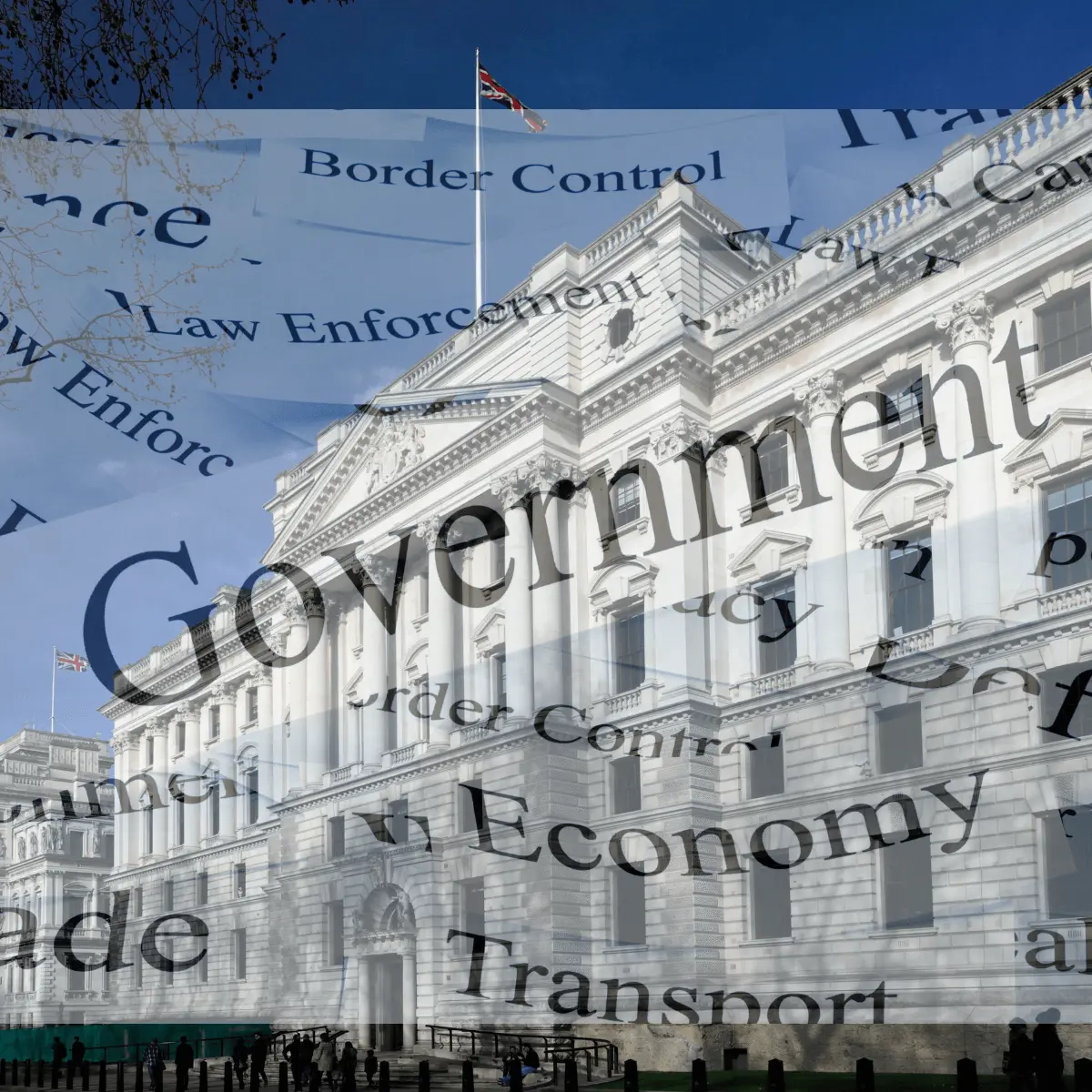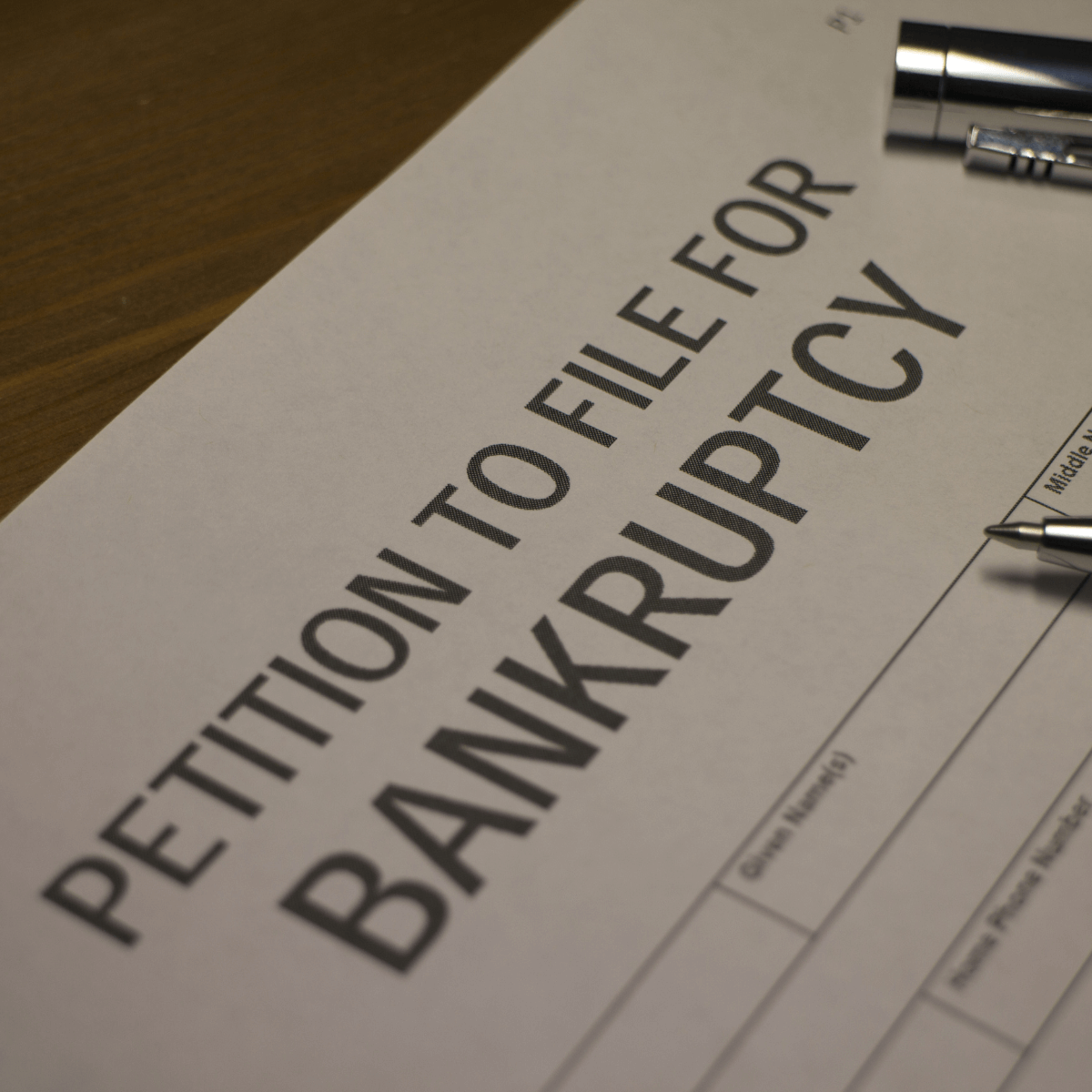A business is not just an intangible entity and is, ultimately, made up of the people that it employs; especially those making the decisions over its operation. This means that any credit risk check that you perform on a business needs to also include the individual risk presented by those running it.
A vital part of checking the risk presented by a director or person of significant control (PSC) is checking the insolvency register, to see if they have a history of individual bankruptcy and/or the legal right to be involved in the running of a business.
What is the Insolvency Register and who’s on it
The Insolvency Register is published and maintained by the Insolvency Service. It covers England and Wales; Scotland has the Register of Insolvencies and Northern Ireland has the Individual Voluntary Agreement Register
The Insolvency Register contains a list of:
- bankruptcies that are current or have ended in the last 3 months
- debt relief orders (DROs) that are current or have ended in the last 3 months
- current individual voluntary arrangements (IVAs) and Fast-Track voluntary arrangements (FTVAs), including those that have ended in the last 3 months
- current bankruptcy restrictions orders or undertakings (BROs/BRUs) and interim bankruptcy restrictions orders (iBROs)
- current debt relief restrictions orders or undertakings (DRROs/DRRUs) and interim debt relief restrictions orders (iDRROs)
Their entry in the register will contain which of the above caused them to be on it but the majority will be there due to bankruptcy. Despite its name as the Insolvency Register, it is primarily a register of bankrupted individuals. Bankruptcy is effectively the same as insolvency but for a person, not an entity. The insolvency register essentially publicly lists people who are insolvent.
A person declares bankruptcy when their unsecured debts exceed the sum of their assets. Once declared bankrupt a person’s unsecured debts will be written off, their assets sold and proceeds distributed amongst their creditors and financial restrictions will be placed on them for the duration of their bankruptcy.
Bankruptcy usually lasts for 12 months but can be extended up to fifteen years should it have been caused by particularly irresponsible, immoral or otherwise egregious behaviour. Records stay on the register until three months after the penalty period ends.
Why check the register?
As records only last until 3 months after the penalty period ends, the register is not a record of historic bankruptcies that have ended and is used to check only if a person is currently bankrupt. This is significant as bankrupt individuals are not allowed to be involved in the running or marketing of a company, outside of very rare circumstances where the courts give them permission to.
Should a prospective business partner be found to be on the Insolvency Register, then you should ask to see the written permission to run a company that was provided by the court, if this is not forthcoming then that individual should be reported to the authorities. Even if they have the legal authority, they should be considered a major credit risk.
How to check the register
The Insolvency Register can be accessed on the government's insolvency site or through the Red Flag Alert platform.
Why you should search the Insolvency Register with Red Flag Alert
Red Flag Alert is the perfect platform for performing director due diligence as it gives you visibility over much more than just if a person is currently bankrupt and allows you to perform a complete director search and risk check.
Our Person search allows you to search an individual against the Insolvency Register, if they have other past or present directorships and for positions of significant control they have or do hold.
Knowing the past or present performance of companies an individual has been involved with is an extremely important part of understanding their associated risk as well as uncovering opportunities. If a person has a history or current portfolio of insolvent or poorly performing companies then this is a good indicator that any credit offered to them is at a higher risk of turning into bad debt.
This will also uncover if the individual has a history of phoenixing, the practice of consistently allowing companies to go insolvent and avoiding debt via prepack administrations. Should this be present then extending credit is extremely inadvisable.
Conversely, if the person is associated with, or has been historically, well run and successful companies then they are likely to be an ideal business partner.
Red Flag Alert is your perfect risk and credit referencing partner, with over 20 years of experience accurately and successfully predicting company financial health and spotting the early signs of business failure and success, we allow you to base all your customer due diligence on the most accurate and reliable data on the market. In addition to our People Search our platform includes:
- Detailed and easy-to-understand reports on all UK businesses and over 350 million international companies
- Live data feeds and unadvertised petitions
- Customisable monitoring list; create monitoring lists where you choose the alerts and can share them with others at your company
- Seamless CRM integration; including automatic data cleanses and enrichment
- Fully compliant and digital AML and enhanced due diligence check suite that takes just 30 seconds of staff time to send out
Start a free trial today and use Red Flag Alert to protect your business.




